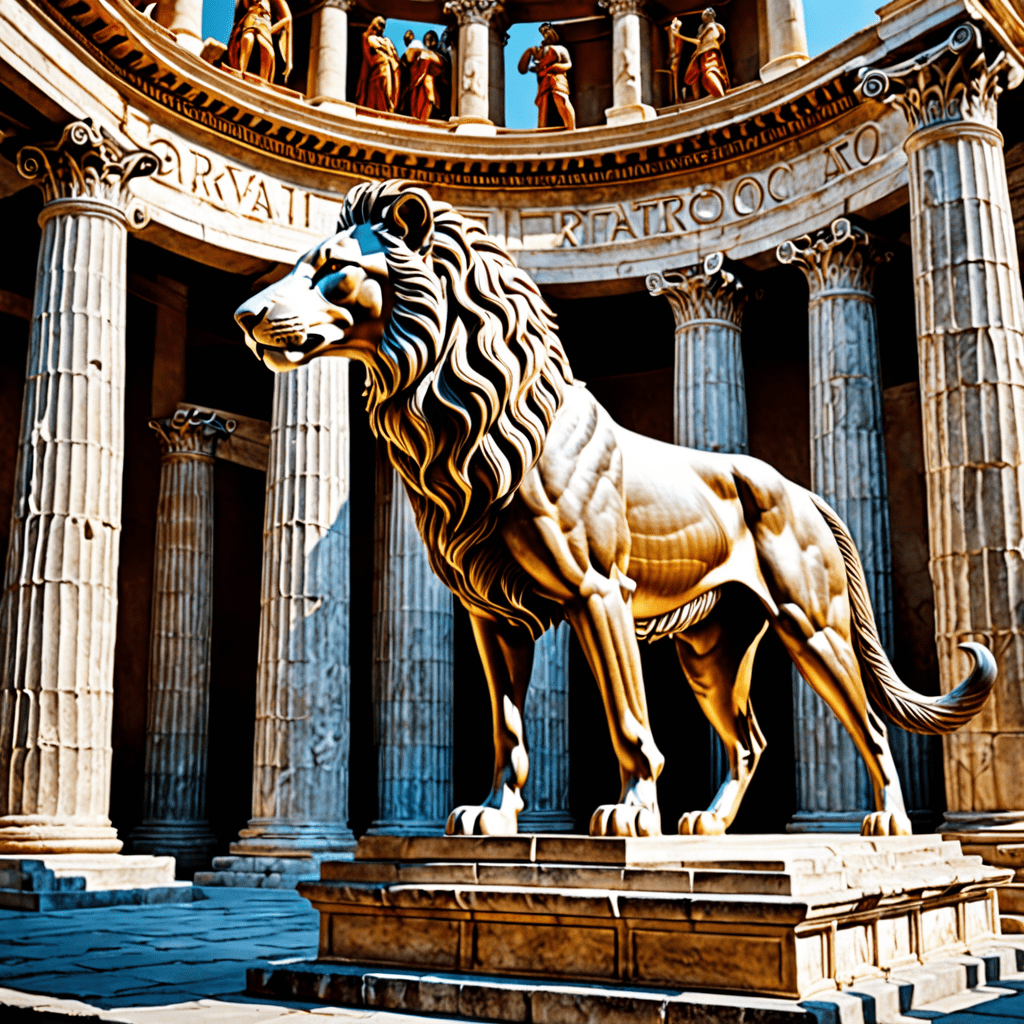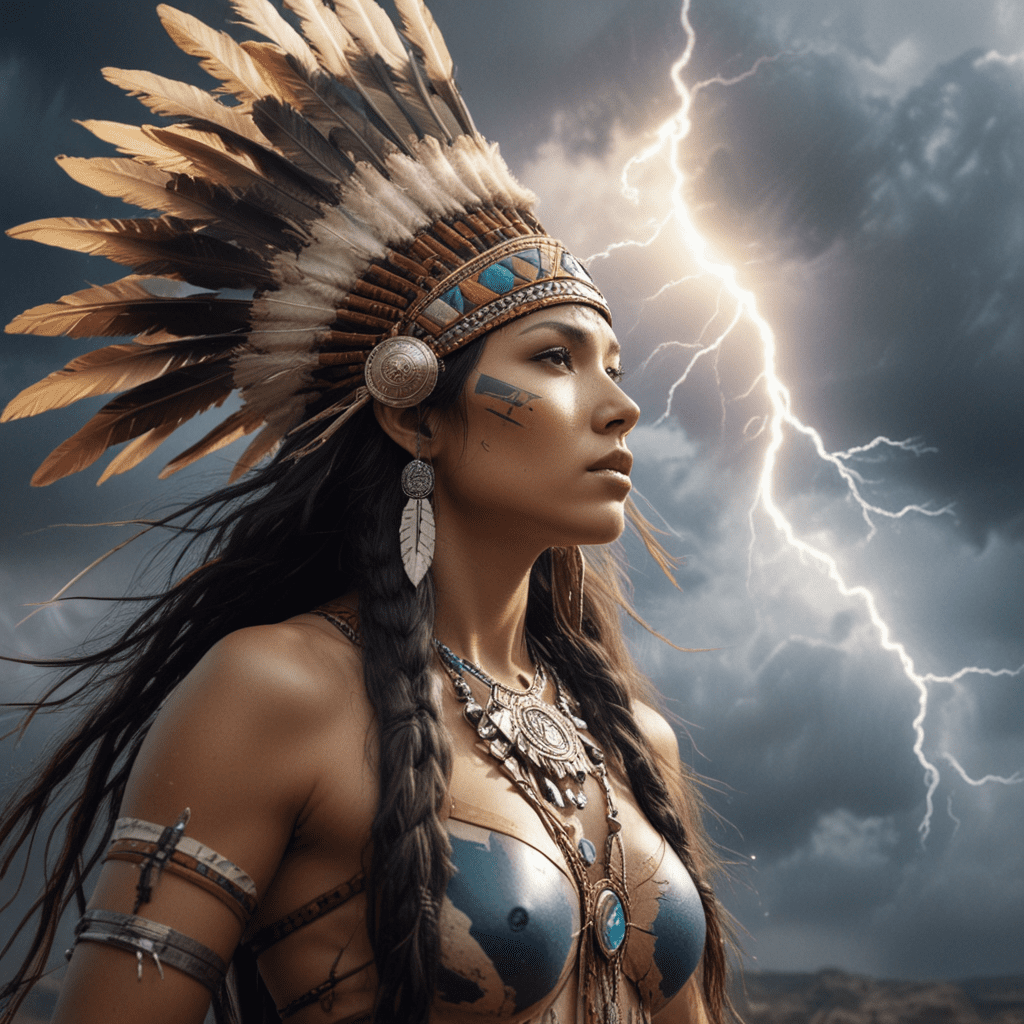The Symbolism of Animals in Roman Mythology
Roman mythology, like many other ancient belief systems, often incorporated animals as symbols to convey deeper meanings and represent various aspects of the gods and goddesses. Let’s delve into some significant animal symbols in Roman mythology.
1. The Wolf
In Roman mythology, the wolf holds a prominent place, symbolizing both positive and negative attributes. Romulus and Remus, the legendary founders of Rome, were raised by a she-wolf, showcasing the nurture and protection associated with this animal. However, the wolf also signifies wiliness and cunning, embodied by the story of Lupa, the she-wolf who nursed Romulus and Remus.
2. The Owl
The owl was a symbol of wisdom and knowledge in Roman mythology. Often associated with the goddess Minerva, the owl represents foresight, intelligence, and the ability to see what others cannot. Additionally, the owl was thought to be a messenger from the spirit world, delivering insightful messages and guidance.
3. The Eagle
The eagle held great significance in Roman mythology, symbolizing power, courage, and protection. Jupiter, the king of the gods, was often depicted with an eagle by his side, highlighting the bird’s association with authority and divine superiority. The eagle was also seen as a symbol of victory and determination, embodying the Roman values of strength and dominance.
4. The Serpent
In Roman mythology, the serpent was a complex symbol representing both creation and destruction. Associated with healing and renewal, the serpent was linked to the god Asclepius, the deity of medicine and rejuvenation. However, the serpent’s role also encompassed chaos and treachery, reflecting its dual nature in Roman beliefs.
These are just a few examples of how animals were used as powerful symbols in Roman mythology, conveying intricate meanings and reflecting the virtues and vices admired or feared by ancient Romans.
FAQ: The Symbolism of Animals in Roman Mythology
What role do animals play in Roman mythology?
In Roman mythology, animals often symbolize various traits, gods, or concepts. They were believed to embody certain qualities and were used to convey deeper meanings in myths and legends.
Which animals were commonly associated with specific Roman gods?
Animals like the wolf symbolized the founding of Rome and its connection to the god Mars, while the eagle was a sacred bird associated with Jupiter, the king of the gods. Other examples include the owl linked to Minerva and the dolphin symbolizing Neptune.
How did animals contribute to the storytelling in Roman mythology?
Animals played key roles in Roman myths by personifying virtues, vices, or acting as divine messengers. They helped convey moral lessons, explain natural phenomena, and heighten the symbolism and cultural significance of the stories.
What significance did animals hold in Roman religious practices?
Animals were often sacrificed in religious rituals as offerings to appease gods or seek their favor. The choice of animal was crucial as each had symbolic meanings related to purity, strength, wisdom, or other qualities associated with specific deities.



